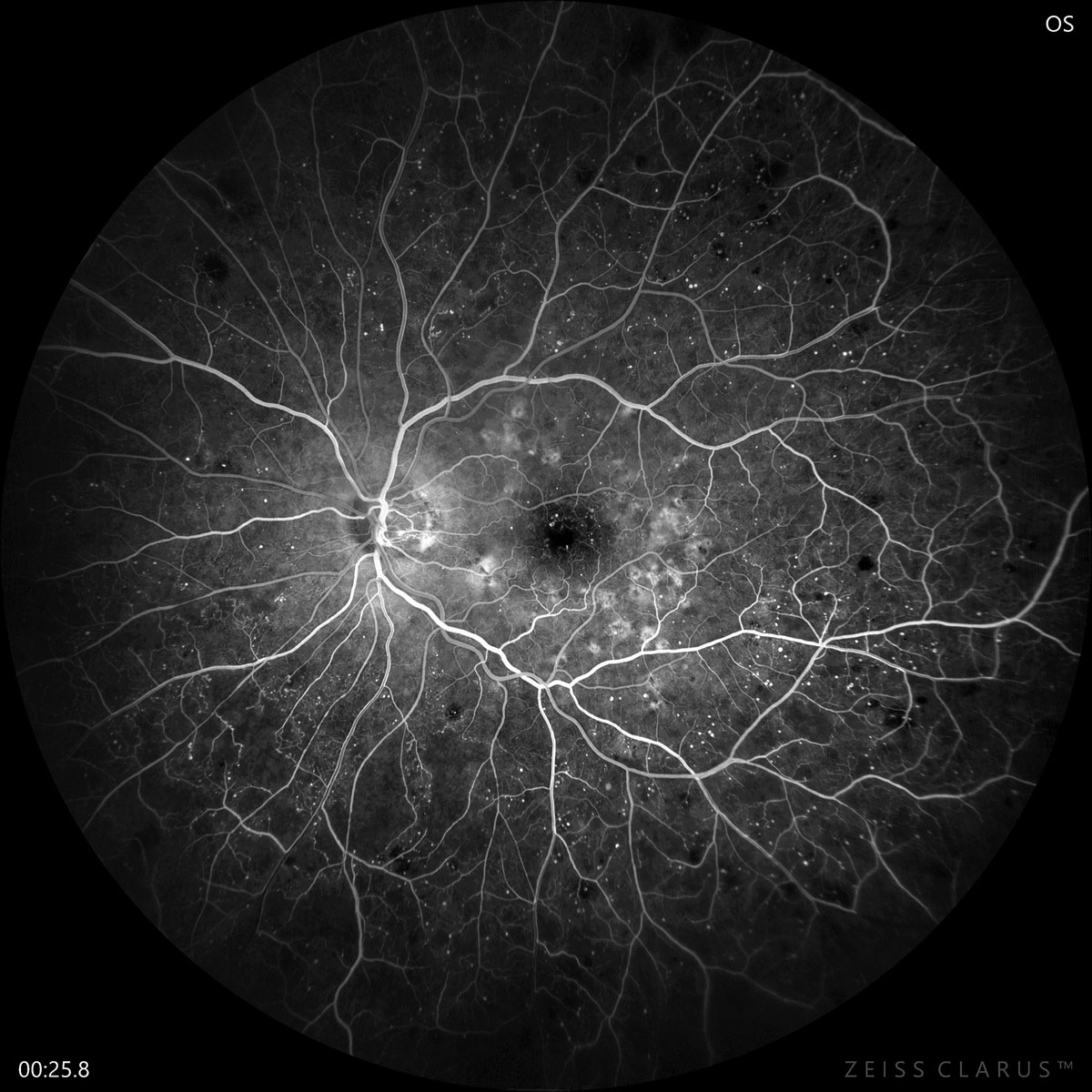 |
| Diabetic retinopathy may present in nearly half of diabetics, especially those who are overweight, obese or don't exercise. Photo: Jay Haynie, OD. Click image to enlarge. |
As the prevalence of diabetic retinopathy rises and patients with this condition are diagnosed at a younger age, more information is needed to understand the condition’s footprint. “Big data” (i.e., enormous, multi-population datasets) is seen as a valuable resource in the medical and health field, prompting researchers to use this resource to investigate the main factors that influence the prevalence of retinopathy in diabetic patients.
An analysis of World Health Organization data showed, among other things, that the prevalence of diabetes is 12.4% in men and 8.4% in women. The rate of retinopathy caused by various factors is between 5% and 7% in the general population, and the total prevalence of retinopathy among diabetic patients is 47.5%. There are many factors affecting the prevalence of retinopathy in these patients, including the duration of diabetes, urinary albumin index, glycosylated hemoglobin index and fasting blood glucose level.
The analysis yielded the following global prevalence figures for diabetes and some of its predisposing factors:
Male | Female | |
Diabetes | 12.4% | 8.4% |
Overweight | 34.6% | 23.6% |
Obesity | 5.7% | 6.7% |
Lack of Exercise | 23.5% | 25.3% |
“The results show that there are many factors affecting the prevalence of retinopathy in diabetic patients, so patients should pay attention to exercise, control their diet, and prevent retinopathy,” the authors wrote in their paper.
Yang L, Qi Q, Zheng F, et al. Investigation of influencing factors on the prevalence of retinopathy in diabetic patients based on medical big data. Comput Math Methods Med. April 12, 2022. [Epub ahead of print]. |

